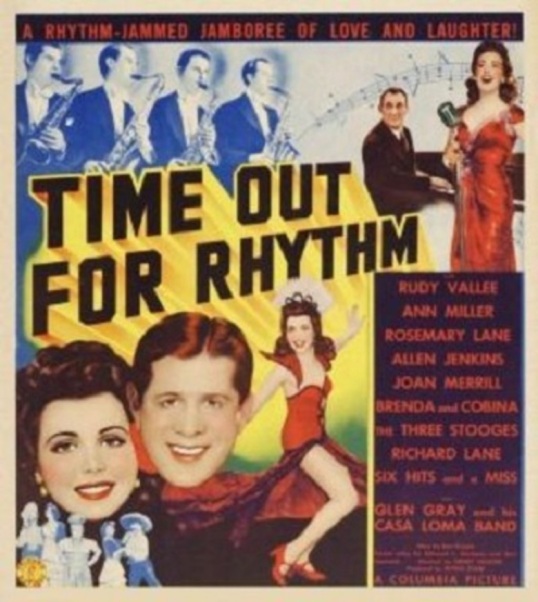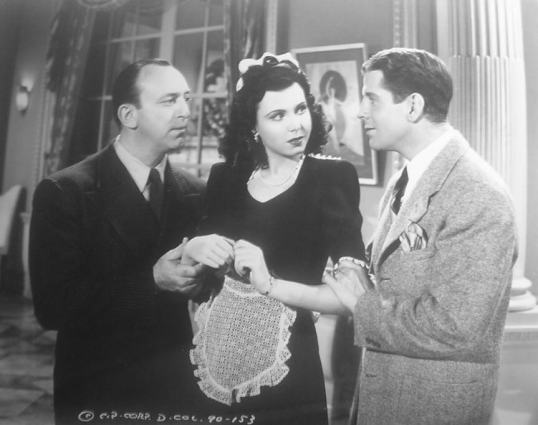Welcome to Retro Television Reviews, a feature where we review some of our favorite and least favorite shows of the past! On Sundays, I will be reviewing the made-for-television movies that used to be a primetime mainstay. Today’s film is 1972’s Getting Away From It All! It can be viewed on YouTube.
For Fred Clark (Larry Hagman) and Mark Selby (Gary Collins), life is New York City just isn’t that much fun anymore. The weather is terrible. The traffic cannot be navigated. The only people ruder than the cabbies are the doormen. Fred and Mark have come up with the perfect plan. They’ve decided to move to a small country town and purchase a house on a small island. In fact, they’re going to buy the entire island! It’s surprisingly cheap. Fred and Mark don’t ever really stop to wonder why the island is available for so little money. Seriously, if you’re buying an island, you should probably ask yourself those questions.
Mark’s wife, Alice (E.J. Peaker), is enthusiastic about the idea. Less excited is Fred’s wife, Helen (Barbara Feldon). Helen enjoys living in the city and having a nice job in an office building. She gets along with her boss (played by Jim Backus, one of many veteran actors to show up in a small role in this film). Perhaps hoping that Fred will change his mind once he’s confronted with the reality of actually living in the country, Helen finally gives in.
It does turn out that the island is not quite the paradise that Fred and Mark were expecting. The only way to get out to the island is in a leaky rowboat. The house is falling apart and, as Helen is disgusted to learn, it also doesn’t have indoor plumbing. There’s no electricity either but fortunately, the local handyman is working on it. His name is Herbie and he’s played by a very young and thin Randy Quaid. If you’ve ever wanted to hear Randy Quaid speak with an exaggerated New England accent, this is the film for you. There’s nothing convincing about Quaid’s accent but it still seems only fair, considering all of the Yankee actors who have butchered the Southern accent over the years.
Just when it looks like Fred and Mark have managed to make the Island livable, they get a disturbing letter. As the new owners of the Island, they owe 20 years worth of back taxes. As Fred puts it, the tax bill is more than either of them can afford. If they can’t raise the money, the town will take back the Island. Fred and Mark consider trying to get jobs but it turns out that neither one of them knows much about being fisherman. They then decide to charm the town into nullifying the tax bill. That turns out to be more difficult than either man imagines.
Getting Away From It All is a comedy that deals with a universal theme, the desire to escape from the harshness of everyday life and find a perfect place to which to escape. That said, the film’s main reason for existing is a parade of comedic cameos. Jim Backus, Vivian Vance, Joe E. Ross, Burgess Meredith, Paul Hartman, and J. Pat O’Malley all appear in small roles, appearing just long enough for 1972 viewers to say, “Hey, I recognize that person!” The end result is a rather shallow film that has a few chuckle-worthy moments. (Again, Randy Quaid pretending to be from Maine has to be worth something.)
In the end, for all of the film’s celebration of getting away from it all, it’s hard not to feel that Gary, Mark, Alice, and Helen will all end up back in Manhattan sooner than later. Some people are just city folks.













